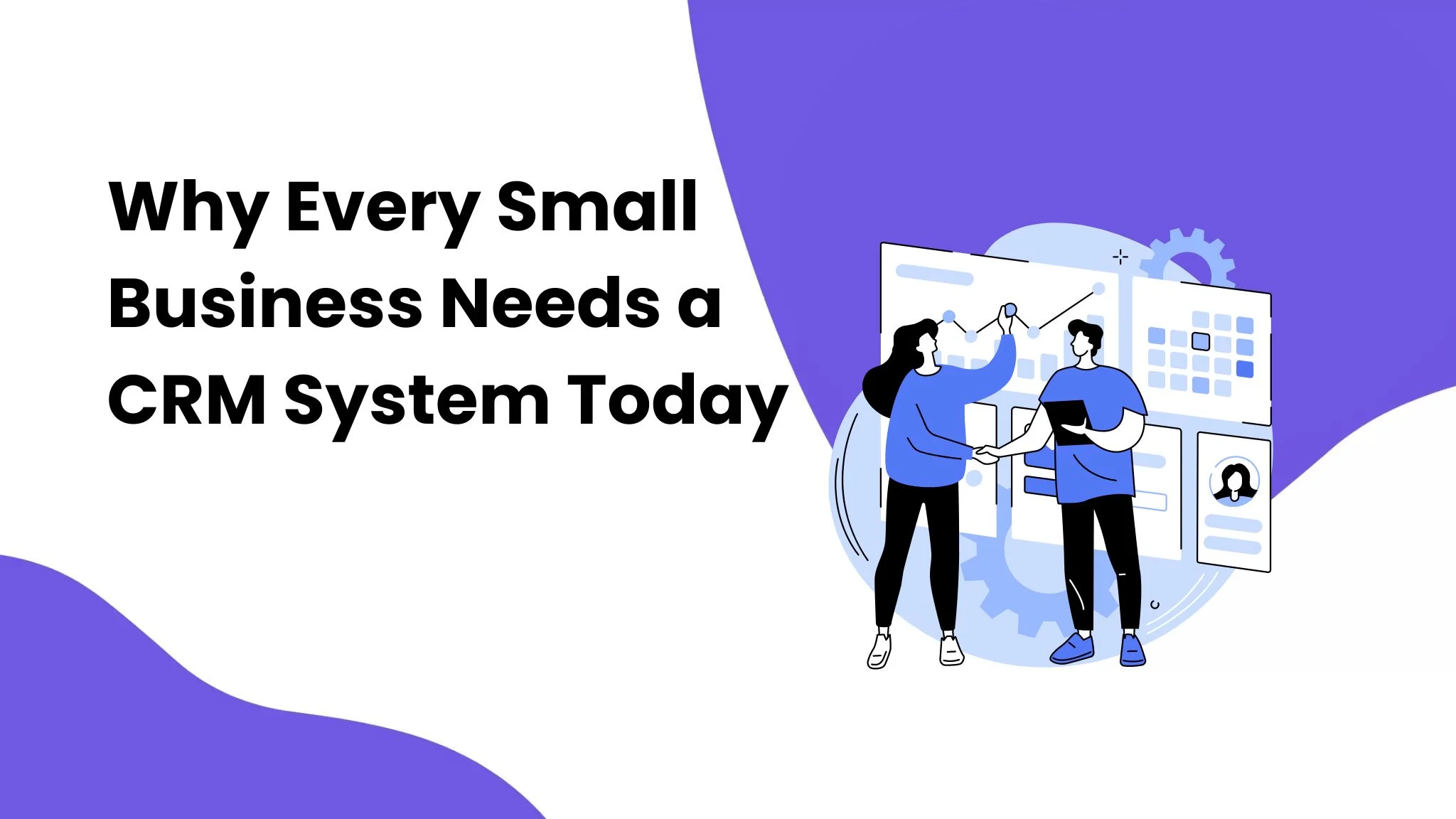In today’s contemporary digital age, a website is an essential instrument for businesses to connect with potential customers and nurture leads. However, a poorly designed or a neglected website can lead to substantial issues, such as bad user experience, dwindled search engine ranking, and even susceptibility to security breaches. That’s why website maintenance guarantees the seamless, efficient, and secure operation of your digital storefront ie your website
Website maintenance in its essence, refers to the ongoing cyclic process of updating, optimizing, and troubleshooting your website to ensure it meets the latest standards and best practices and remains updated. This dynamic process involves regular vigilant scrutiny of your website for any potential issues and making necessary updates promptly to keep it up-to-date, secure, and functioning correctly.
To avoid potential issues with your website, investment in professional website maintenance packages becomes paramount. These services also include routine site backups, prompt software or plugin updates, security scans, and relevant content optimization. By choosing the right website maintenance service, you can mitigate the risk of downtime, data loss, and other predicaments that can negatively impact your brand image and revenue.
In this article, we’ll explore the top 5 common website issues and how regular website maintenance can prevent them. We’ll also highlight why website maintenance is essential for your business, proactive measures, implementation, practical tips and what to look for when choosing a website maintenance service. By the end of this article, you’ll have a better understanding of how website maintenance can help you avoid potential headaches and keep your website running smoothly.
1. Security vulnerabilities
Detailed Explanation:
Just like you wouldn't leave your front door open or your car keys in the ignition, leaving a website vulnerable to cyber attacks is a very costly oversight. Outdated software and plugins can create loopholes and serve as gateways for hackers to exploit.
According to a report by Cybersecurity Ventures, global damages from cybercrime are projected to reach more than $10.5 trillion annually by 2025. Global ransomware damage costs are predicted to exceed $265 billion by 2031.

Examples and Case Studies:
For example, in 2021, the renowned plugin "File Manager" was found to have a critical vulnerability that allowed hackers to gain access to sensitive information on websites leveraging it. Regular website maintenance and software updates can help against security breaches, website not secure fix and keep your website safe .
Practical Tip: Invest in robust security measures, conduct regular security scans, and stay informed and updated about the latest security updates for your website code platform. An SSL can fix website not secure issues.
Proactive Measure:
Conduct regular security audits to find vulnerabilities. Ensure that all software, plugins, and content management systems (CMS) remain up-to-date.
Implementation:
- Schedule periodic security audits to assess potential risks.
- Set up automatic updates for software and plugins.
- Monitor security forums and announcements for the latest threats.
2. Slow page loading
Detailed Explanation:
Imagine visiting a restaurant and waiting an hour for your food to arrive. You would probably leave and go somewhere else. The same principle applies to website visitors. If your website takes too long to load for a range of issues such as website design issues, visitors will likely leave and go to a faster website. According to Google, as page load time goes from 1 second to 10 seconds, the probability of a mobile site visitor bouncing increases by 123%.
Examples and Case Studies:
For example, Walmart found that for every 1 second of improvement in website speed, their conversion rate increased by 2%. Regular website maintenance can help speed up your website by optimizing images, fixing website design issues, removing unnecessary plugins, and minimizing HTTP requests.
Practical Tip: Regularly optimise website elements, such as images and plugins, to enhance loading speed.
Proactive Measure:
Proactively optimize website elements to enhance speed and overall performance.
Implementation:
- Compress and optimize images before uploading.
- Minimize HTTP requests by reducing unnecessary elements.
- Implement browser caching to speed up load times.
3. Broken links
Detailed Explanation:
Imagine you're driving on a road and suddenly come across a dead end with no warning. Frustrating, right? The same feeling applies when visitors come across broken links on your website. Broken links can negatively affect user experience and search engine rankings. A study by SEMrush found that 404 errors (broken links) negatively impact SEO, leading to a decline in organic search visibility.
Examples and Case Studies:
For example, if your website has a lot of broken links, Google may consider it a low-quality website and rank it lower in search results. Regularly checking for broken links and fixing them is part of website management service which can improve user experience and SEO.
Practical Tip: Use online tools to regularly check for broken links and ensure a smooth navigation experience for users.
Proactive Measure:
Establish a routine for checking and maintaining links to prevent any disruptions.
Implementation:
- Use link-checking tools to identify and fix broken links.
- Regularly review and update internal and external links.
- Implement 301 redirects for any removed or changed content.
4. Poor SEO performance
Detailed Explanation:
Imagine opening a store in a remote area with no foot traffic. No matter how great your products are, you won't get any customers because nobody knows you exist. The same principle applies to your website's SEO performance. Regular website maintenance can help improve your website's SEO performance by updating meta tags, content, and fixing broken links. According to a study by Moz, page-level keyword and content-based metrics are among the top factors influencing organic search results.
Examples and Case Studies:
For example, if you run a landscaping business, regularly updating your website with content about lawn care tips can help improve your website's SEO performance.
Practical Tip: Stay updated on SEO best practices, conduct regular keyword research, and update website content accordingly.
Proactive Measure:
Conduct regular SEO audits and consistently update content for improved search engine rankings.
Implementation:
- Analyze and update meta tags for relevance and accuracy.
- Refresh content to include current information and keywords.
- Monitor SEO analytics to identify and address performance issues.
5. Outdated content
Detailed Explanation:
Imagine walking into a store and seeing the same merchandise you saw last year. You might assume the store is out of business or doesn't care about its customers. The same applies to your website's content. Outdated content can turn off visitors and reduce engagement. Content Marketing Institute reports that 77% of marketers use content marketing to drive engagement.
Examples and Case Studies:
For example, if you run a news website, regularly updating your website with the latest news stories can keep visitors coming back and improve your website's overall performance. Website management service ensures that your website always has fresh, relevant content for your visitors.
Practical Tip: Establish a content calendar for regular updates, keeping information fresh and engaging for visitors.
Proactive Measure:
Establish a content calendar to ensure a consistent flow of fresh and relevant content.
Implementation:
- Plan and schedule content updates in advance.
- Include a mix of evergreen and trending topics.
- Encourage user engagement through comments and discussions.
6. Backup and Disaster Recovery Plans
Detailed Explanation:
Implementing robust backup and disaster recovery plans involves creating systematic processes to regularly copy and store your website's data in secure locations. In the event of a data loss incident, having these plans in place ensures a quick recovery and minimizes potential downtime.
Examples and Case Studies:
Several businesses have faced unforeseen data loss incidents due to various reasons, such as server failures or cyberattacks. Those with comprehensive backup and disaster recovery plans, which is also a part of our website management service, were able to swiftly restore their websites and continue operations. This preparedness often saved them from substantial financial and reputational losses.

Practical Tip:
Regularly test your backup and recovery processes to guarantee their effectiveness. Simulate scenarios where data is lost, and practice the steps required for restoration. This proactive approach ensures that your team is well-prepared to handle any potential data loss situation.
Proactive Measure:
Implement robust backup and disaster recovery plans to safeguard against data loss.
Implementation:
- Regularly backup website data and store it securely.
- Test data restoration processes periodically.
- Have a clear plan for handling security breaches or unexpected incidents.
7. User Education and Training
Detailed Explanation:
Educating users and administrators involves providing information and training on security practices, ensuring that everyone involved in website management program is aware of potential threats and knows how to respond appropriately.
Examples and Case Studies:
Businesses that have invested in user education and training have reported a significant reduction in security incidents. Users who are aware of phishing techniques, password best practices, and security protocols are less likely to fall victim to cyber threats.
Practical Tip:
Regularly conduct workshops or online training sessions to keep users informed about the latest cybersecurity threats and best practices. Encourage a culture of security awareness within your organization to enhance overall digital resilience.
Proactive Measure:
Educate users and website administrators on best practices for security and content management.
Implementation:
- Provide training sessions on identifying phishing attempts.
- Promote strong password policies and two-factor authentication.
- Ensure all team members are aware of security protocols.
Frequently Asked Questions
Conclusion
In conclusion, regular website maintenance is crucial for ensuring the smooth functioning and longevity of your website. By addressing common issues such as security vulnerabilities, slow loading speeds, broken links, poor SEO performance, and outdated content, you can provide a better user experience for your visitors and improve your website's search engine rankings. Don't let these issues harm your website's performance and turn away potential customers.
If you need help with website maintenance services, reach out to us at biz@aaravinfotech.com or WhatsApp us at +91-7507506672. Our team of experts can provide you with comprehensive website maintenance services to keep your website running smoothly and maximize its performance. We also provide custom website management service as per your specific needs. Don't hesitate to contact us for more details.
Want more tips for website maintenance. Watch below video for 12 Tips to Optimize Website Performance:
https://www.youtube.com/watch?v=O3pZeFPy9Bs

Written by: Jitendra Raulo
Jitendra Raulo is the Founding Director at Aarav Infotech India Pvt. Ltd., a leading Web Design and Digital Marketing Company with 11+ years of experience and having headquarter in Mumbai, India, and Support Centre at Bhubaneswar, India, he is actively working with Start-ups, SMEs and Corporations utilizing technology to provide business transformation solution.










